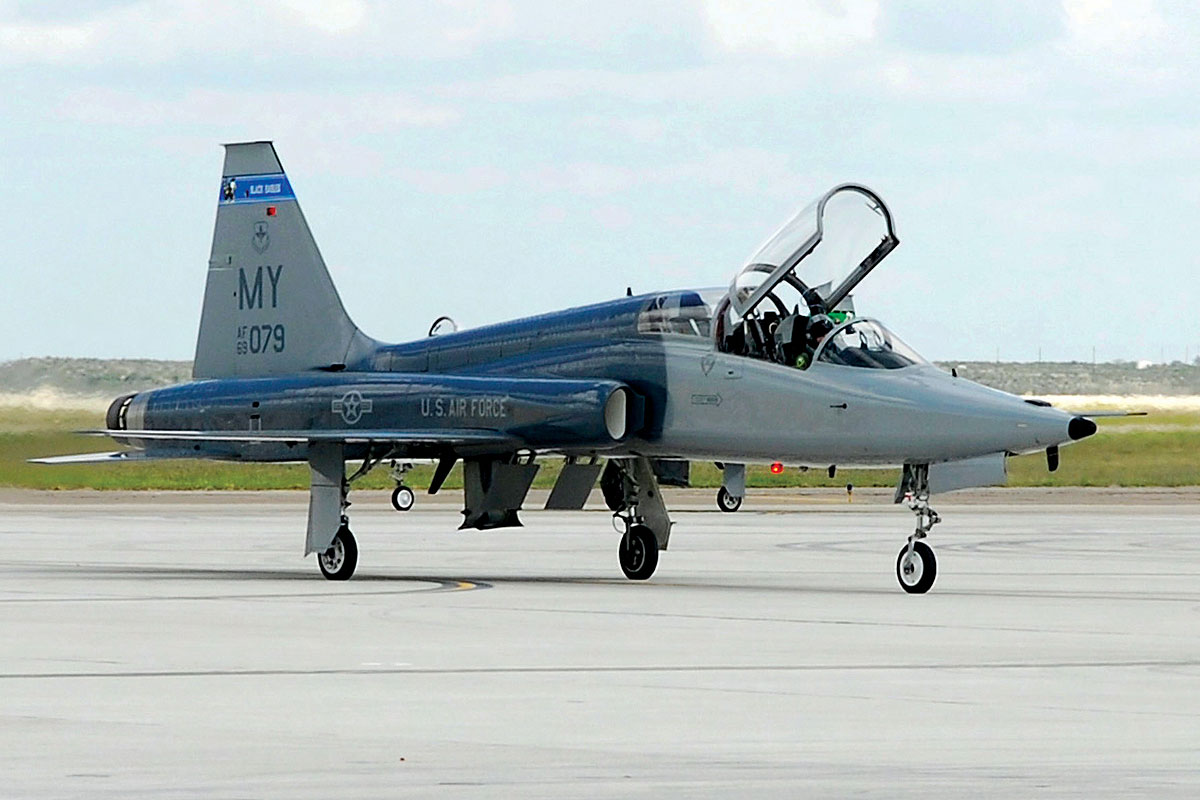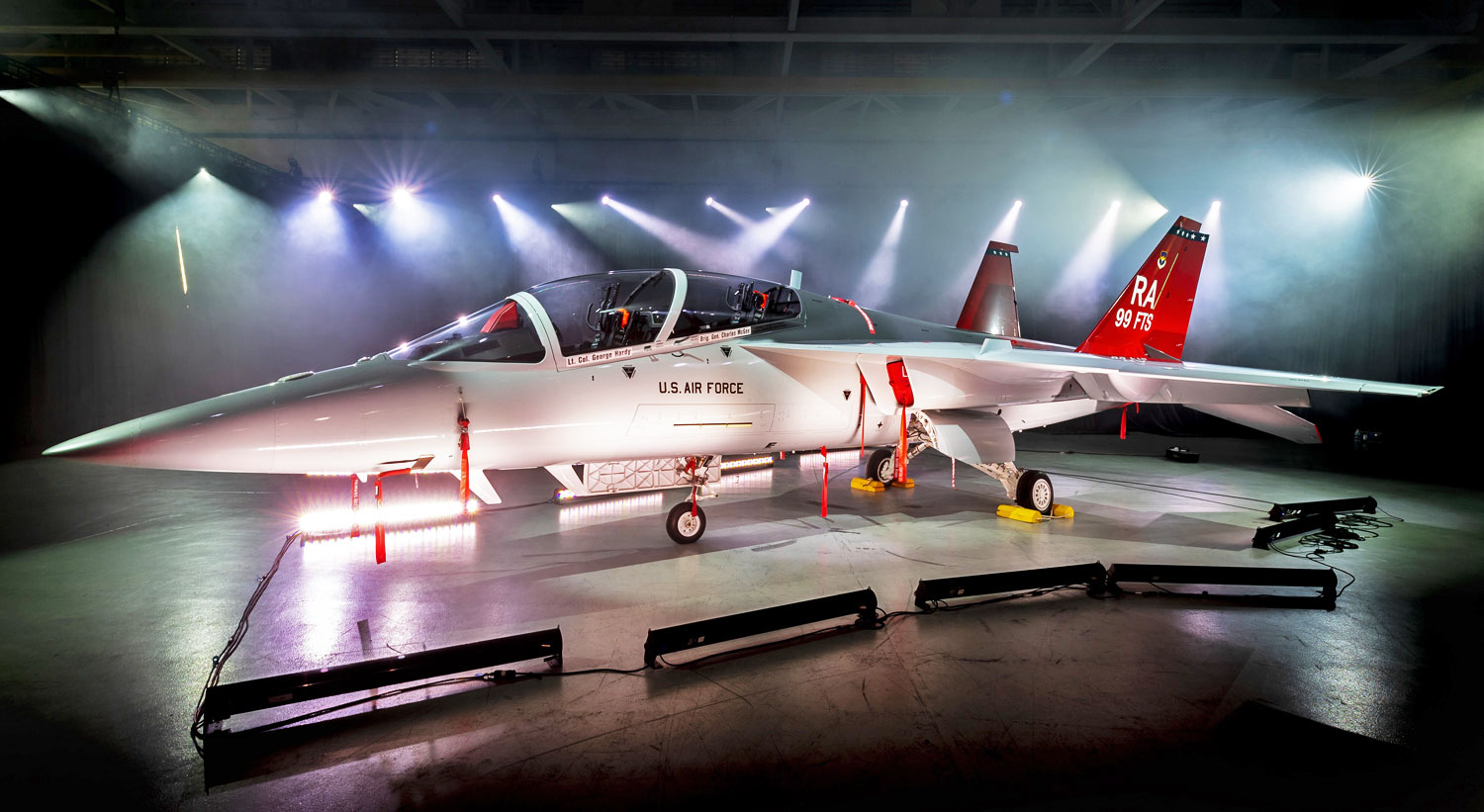Boeing unveiled the first series-production T-7A Red Hawk on Thursday. The supersonic advanced trainer jet will be delivered to the US Air Force (USAF) in the coming months, but before that it will continue to be tested at the St Louis unit where it was assembled.
With the tail painted red in honor of the WWII Tuskegee Airmen, the T-7A was developed by the US manufacturer in partnership with Saab, which provided the aft section of the aircraft.
The USAF has ordered 351 Red Hawk jets, which will take over the task of training its pilots in place of the famous T-38 Talon, a plane created by Northrop in the 1960s and which also gave rise to the F-5 Tiger II fighter jet.
“We’re excited and honored to deliver this digitally advanced, next-generation trainer to the U.S. Air Force,” said Ted Colbert, president and CEO, Boeing Defense, Space & Security. “This aircraft is a tangible example of how Boeing, its suppliers and partners are leading the digital engineering revolution. T-7A will prepare pilots for future missions for decades to come.”
Tails of red will train overhead❗️
The first “Red Tail” #T7A Red Hawk coming out of production is making its debut. Carrying tails of red to honor the Tuskegee Airmen, it’ll be the first advanced trainer jet delivered to the @USAirForce. pic.twitter.com/GQe2xFfuPk
— Boeing Defense (@BoeingDefense) April 28, 2022
Loss for Boeing
The presentation event takes place the day after Boeing’s financial results announcement, in which it learned that the T-7A program produced a charge of $367 million caused “primarily driven by ongoing supplier negotiations impacted by supply chain constraints, COVID-19 and inflationary pressures,” the company explained.
The T-7A Red Hawk won the T-X competition, launched by the Air Force in 2010. The first prototype flew in December 2016, equipped with GE’s F404 turbofan. One of its great differentials is the project carried out entirely by digital tools, which allowed a reduction in cost and development time.


